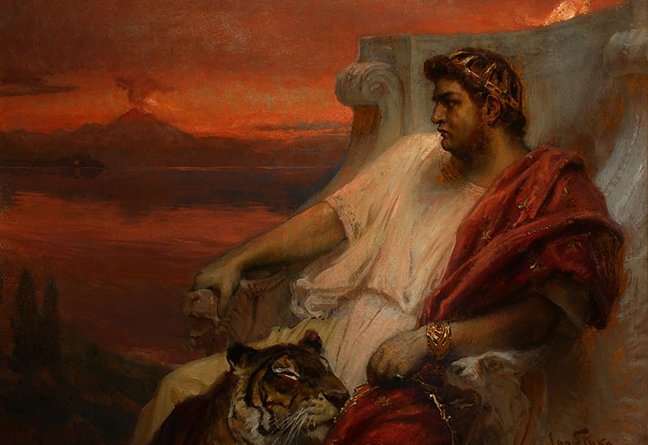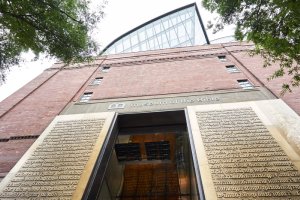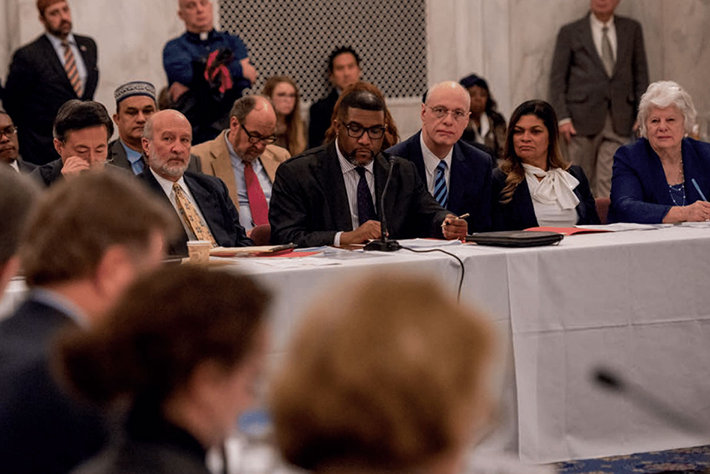One aspect of “fake news” that gets little airplay in the media is the false information generated and spread by the anti-religious movement.
A paper by Massimo Introvigne, managing director of the Center for Studies on New Religions (CESNUR) titled “Emperor Nero Redux: Fake News and Anti-Cult Movements” puts this “new” phenomenon into its correct historical context.

(Image: Nero at Baiae by Jan Styka)
The paper abstract states: “Since the times of Roman Emperor Nero, tyrants willing to suppress religious minorities use a pincer consisting of violent persecution and fake news. These campaigns do not succeed because of brutality only. Religious and secular enemies of the persecuted minorities cooperate in spreading the fake news. What we can call “Nero’s formula” is still at work today, and this issue of The Journal of CESNUR is devoted to the theme of fake news used by totalitarian regimes, rival religionists, and secular anti-cultists to justify the discrimination and persecution of new religious movements.”
Introvigne begins with a story his grandmother used to tell him about Emperor Nero and the persecution of the Christians in Rome. He points out that fake news is certainly nothing new. In fact, it was this technique that Nero used to make his persecution of the Christians popular. The only difference between then and now was the platform:
“My grandmother was a pious Catholic and told the story in a very simple way. Nero persecuted the Christians for the good reason that he believed himself to be God, so Jesus Christ could only be an imposter. He killed several thousand Christians: men, women, and even children. They were thrown to the lions, crucified, or burned alive. The carnage appeared excessive even to some of Nero’s supporters. To justify it, he spread the false rumors that Christians celebrated orgies at night and ritually killed and ate children. But these accusations of imaginary crimes became less and less believable. So, he decided to accuse them of a real crime. Arsonists had burned the city of Rome in 64 CE.
“Nero is back, and this time he has got a computer, and Facebook and Twitter accounts.”
“Nero accused the Christians of being responsible for the fire. In fact, he had burned Rome himself.”
“Nero is back, and this time he has a computer, and Facebook and Twitter accounts. Probably several different accounts, and not under his own name. What we can call ‘Nero’s formula’ is at work against many persecuted religious minorities throughout the world today. The formula is old, but it still works. Persecute a religious group. Justify the persecution by inventing false stories about them, preferably involving sexual perversions and child abuse. If this is not enough, attribute to the persecuted group your own crimes. Then, persecute it even more. Insist that the persecution is needed by spreading more false rumors.”
The full text of the paper is available on the CESNUR website.
From its beginnings, the Church of Scientology has recognized that freedom of religion is a fundamental human right. In a world where conflicts are often traceable to intolerance of others’ religious beliefs and practices, the Church has, for more than 50 years, made the preservation of religious liberty an overriding concern.
The Church publishes this blog to help create a better understanding of the freedom of religion and belief and provide news on religious freedom and issues affecting this freedom around the world.
For more information visit the Scientology website or Scientology Network.


